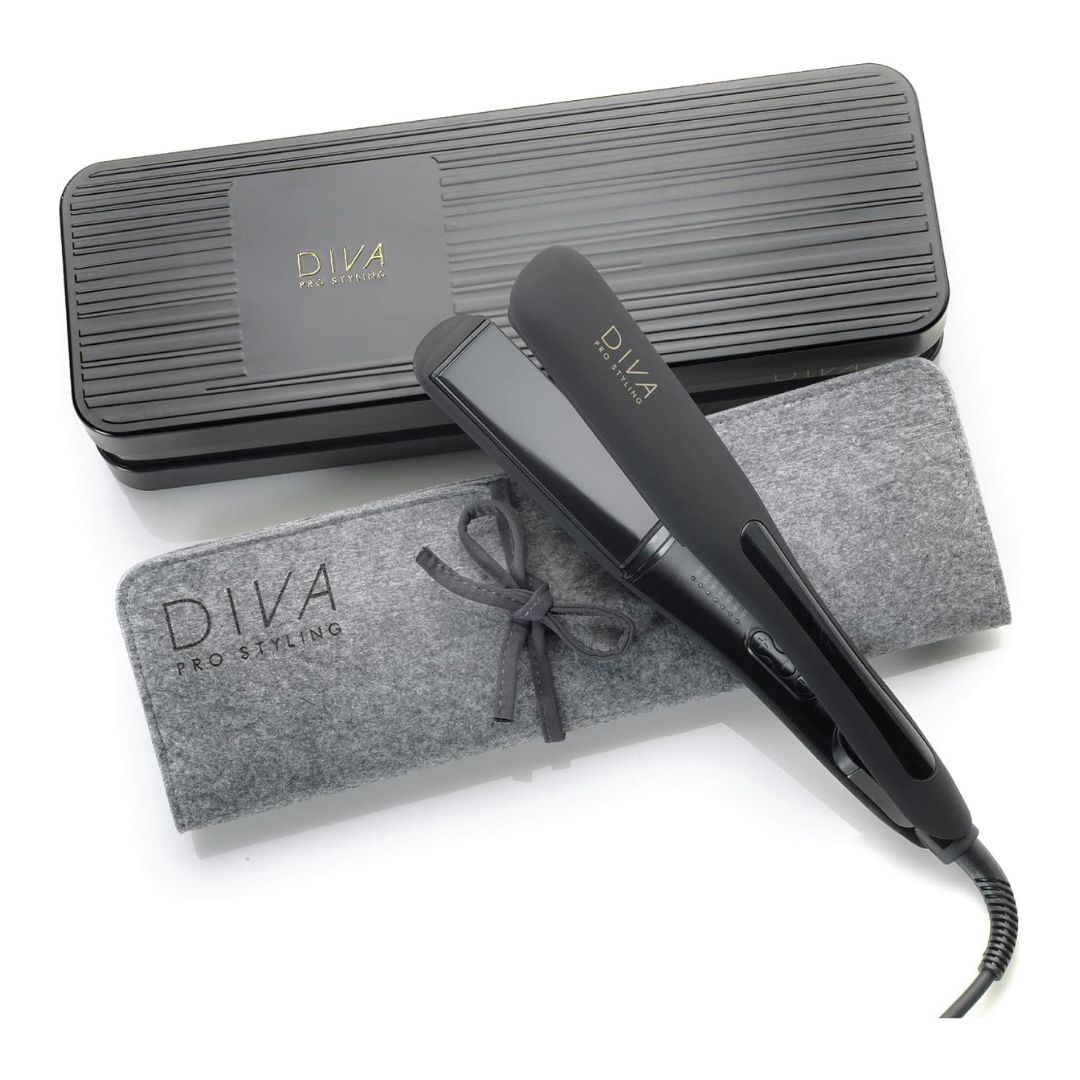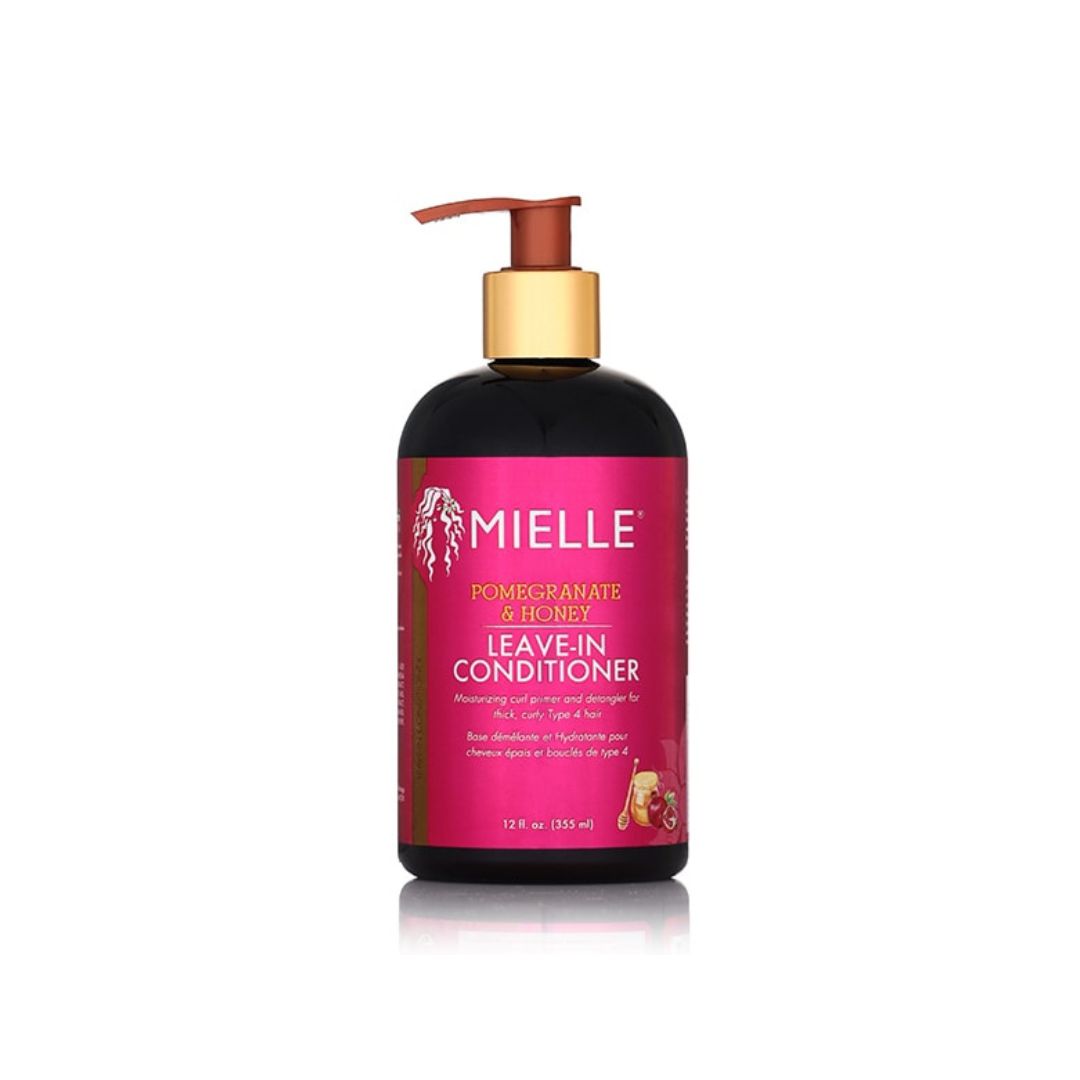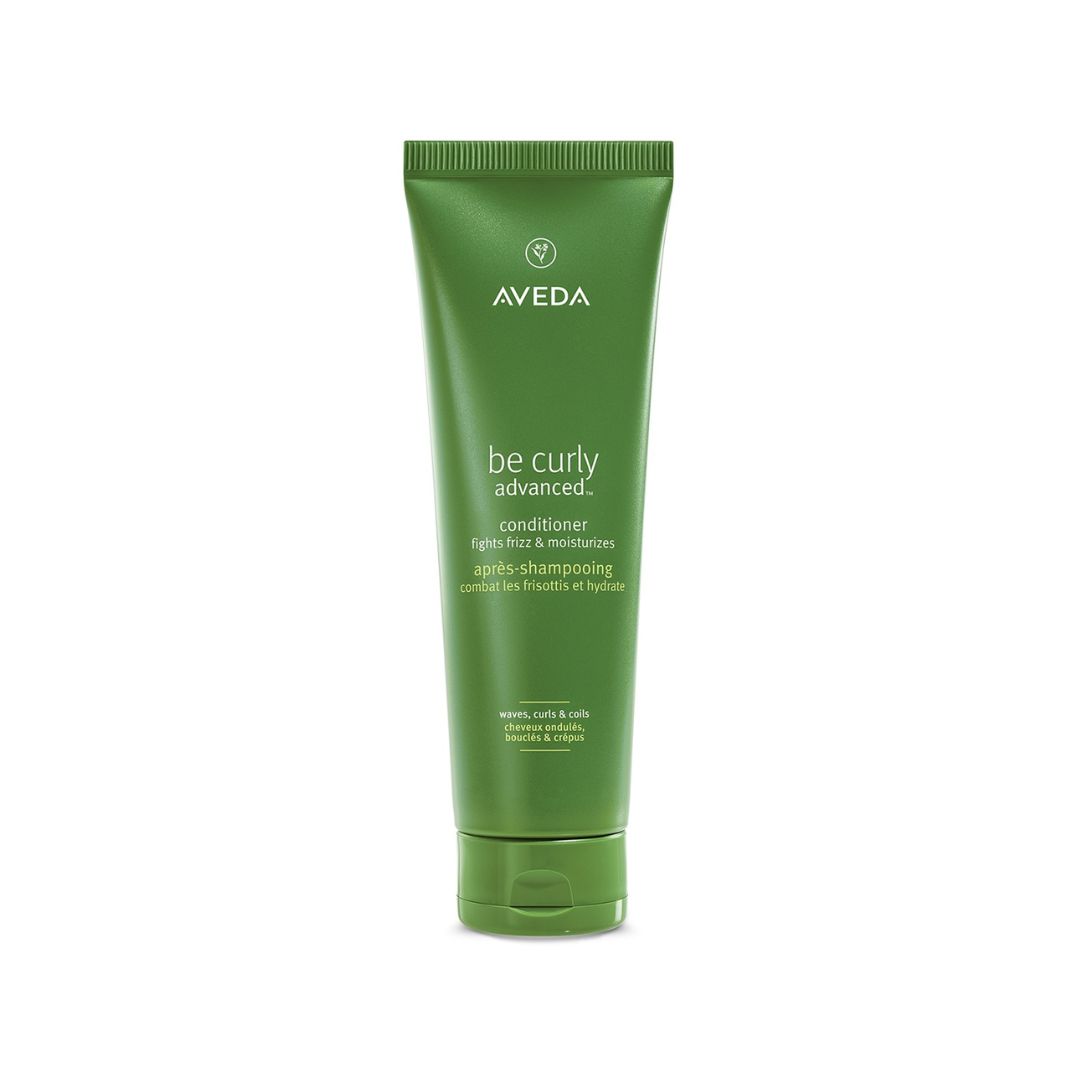A guide to caring for Afro hair, with insights straight from textured hair experts
From styling to scalp care, I've quizzed the experts on everything you need to know about caring for your Afro hair


When it comes to how to care for Afro hair, a good routine, both in terms of cleansing and styling, is key to controlling and enhancing your natural texture.
I, for one, used to faff so much with my hair, especially after I stopped relaxing it in my twenties. But once I understood the basics of my texture – and began incorporating the right products, like the best shampoos for Afro hair, into my routine – it really helped make hair washing and styling less of a palaver. Previously, I would dabble with the best hair masks and conditioners, but with no consistency, I would then wonder why my delicate texture was shedding or felt brittle and dry. Then, to quickly control my hair, I would constantly style it with super-hot tools – a big no-no, resulting in split and damaged strands.
If you can relate, these Afro hair tips might seem simple but, trust us, if you stick to them, your coils will thank you and thrive.
Our expert-led guide to caring for Afro hair
For those with textured and curly hair types, caring for your coils is paramount, whether that means adding one of the best diffusers to your arsenal or staying consistent with hydrating serums and masks. Much like curating the perfect skincare routine, aligning your haircare products and steps to suit your hair type is the key to healthy strands.
So, with that in mind, we've quizzed the textured hairstyling pros for their tips and intel...
1. Scalp health is paramount
When it comes to growing healthy hair, there is one thing that any hair expert across the board will tell you is the number one factor at play: scalp care. "Take care of your scalp and make it a priority," says Leah Hill, textured hair expert for Aveda. "I would recommend using an exfoliating treatment at least once a week or every two weeks." Why? Well, build-up and dirt can really affect scalp health, which in turn can prohibit growth. Afro-Caribbean hair textures are also the slowest to grow as it is, so this can further stunt it.
Make scalp care a part of a bi-monthly extended wash day, starting with your exfoliating treatment and then double cleansing. First, focus on your scalp using a foaming shampoo, then use a hydrating shampoo for your coils. Hill recommends the Aveda Be Curly Advanced Shampoo. "It’ll remove build-up [without] drying your hair out," she says. "Make sure you apply product when the hair is fully saturated with water; water should be your best friend."
2. Go easy on the heat
Bad news – if you are used to straightening your Afro-textured hair on the highest setting, you have to ease yourself away. Not only can frequent heat styling affect the quality of your coils, but it can also permanently change their look. "You can turn your hair completely straight from curly or coily in just one go if you don’t use trustworthy straighteners," warns Hill.
Sign up to our free daily email for the latest royal and entertainment news, interesting opinion, expert advice on styling and beauty trends, and no-nonsense guides to the health and wellness questions you want answered.
Occasional straightening using a tool that’s kept below 200 degrees Celcius is OK, especially when you team it with a quality heat protector. "I have used Diva straighteners for years, matched with good products and heat protection, and never experienced heat damage on mine or my client’s hair," says Hill. If you are using a diffuser to speed up your hair wash day, keeping the heat low and the speed slow will prevent excess damage.
3. Style and care from wet
All your styling and care needs to start from straight out of the shower when your hair is wet. It might feel counterintuitive to apply products right after your hair has been dripping, but it’s the prime time to allow you to soak up the goodness of your care products and set your styling ones. This is because when your hair is wet, the cuticles on each strand are open and therefore they absorb easily.
"When styling natural hair, my biggest ‘no-no’ is not applying product to completely wet hair," notes Hill. "Product will not properly penetrate the hair if your hair is dry or starting to frizz/dry."
If they are applied to dry hair, products will coat strands – which works for hairsprays and finishing oils, for example, but not the likes of leave-in conditioners or creams that need to work from the inside out.
4. How often should you wash textured hair?
Your perfect wash day routine is super individual to you and depends on your everyday styling routines as well as your actual hair type. However, there is an average amount of time to leave between washes, contingent on your hair structure. According to Hill, you should wash wavy hair (2a–2c) “as frequently as needed, up to around three times a week.” For curly hair (3a–3c), once a week is fine to remove product build-up and you can co-wash once a week if and when needed. Then, for coily hair (4a-4c), Hill suggests to co-wash your hair every three-to-four days and to clarify every two weeks.
5. How can you safely detangle tightly coiled hair?
Although we need to apply products when the hair is wet, our hair is also at its most delicate when soaking wet and can snap if not treated with care – so gentle and patient detangling is key.
"Start by cleansing your hair with shampoo or co-wash, ensuring every section of hair is fully lathered," says Hill, who believes we should start detangling when shampooing and not conditioning as most of us are used to. "Use a downward stroking motion to really make sure the shampoo has penetrated the hair."
Then, after rinsing, detangle again once your conditioner is in. "Use a lightweight conditioner or masque that gives you a lot of slip," Hill instructs. "Start by detangling with your fingers in small sections. Then go in with a tangle teaser and start from the bottom, working your way up the hair to detangle section by section.
"Once you’ve detangled one section of hair, put it into a two-strand twist until the rest of your hair is completed," she continues. "That way, the hair you have detangled will remain moisturised."
Keeks is a London-based beauty writer and content creator. She has worked with titles including Cosmopolitan, VOGUE, Refinery29, Red, Elle, OK! and woman&home. While she has a well-rounded beauty obsession, her specialism is all things hair.
When she’s not testing the latest hair tool on camera or waxing lyrical about styling tips, you’ll find her re-watching old episodes of Real Housewives of Beverly Hills (or New York or Atlanta). She loves a social scroll as well as a romantic book, but nothing beats Sunday afternoon lunches with her friends and family. You can catch Keeks on all social platforms @keeksreid.




